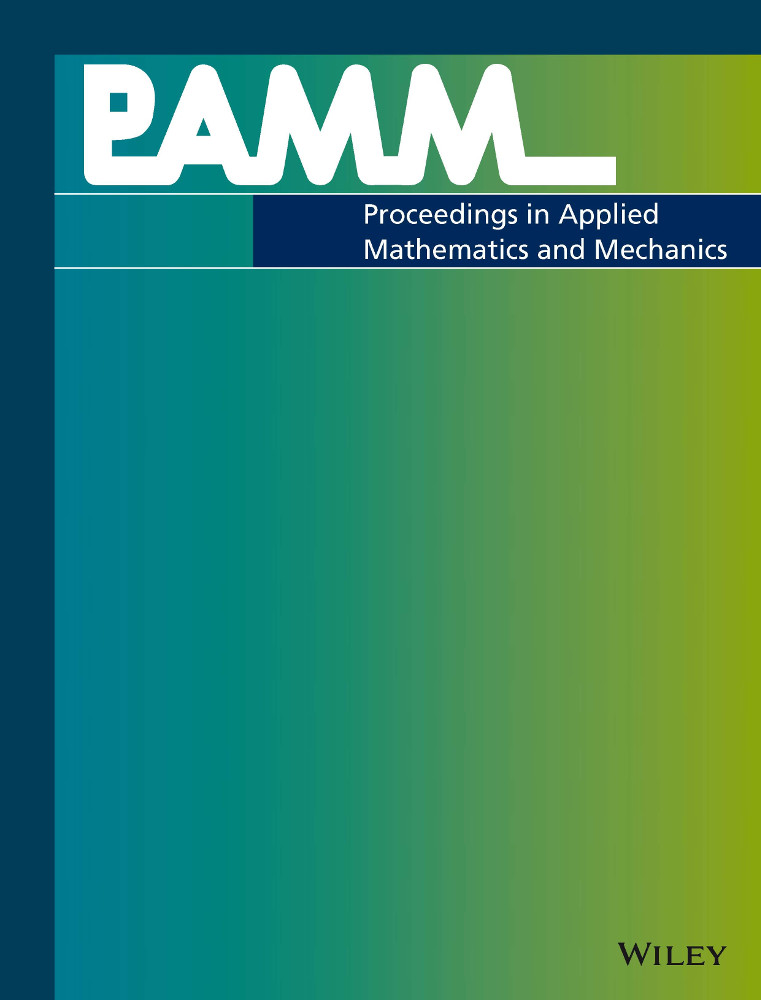Using numerical homogenization to determine the representative volume element size of paper
Abstract
Paper has always been of great importance as a printing and packaging material. Due to its potential for recyclability and reusability, which result in a low environmental impact, it is expected that this importance will soar over the coming years. Nevertheless, even though paper has been in use for decades, many research questions are still open, especially in the field of mechanics. One of these questions is the appropriate size of a representative volume element (RVE) of the microstructure of paper. Therefore, a finite element network model of interconnected fibers was developed which represents the microstructure of paper. In order to create the network model realistically, geometry and material quantities were taken from experimental investigations. Additionally, single fibers and fiber bonds were investigated beforehand in order to incorporate their proper behavior into the network. Based on this, the networks were generated and subsequently loaded by applying mixed displacement and traction boundary conditions. The resulting effective stresses were compared to determine the necessary RVE size. Two approaches were considered for modeling the RVE: (i) one single “large” network, and (ii) a certain number of smaller networks whose average yielded a statistically representative effective response. As a result, the second approach turned out to be less computationally intensive due to smaller models and the possibility to run calculations simultaneously. Concluding, it was possible to determine the size of the RVE which will be used to investigate various individual microstructural effects on the macrostructure in the future.




